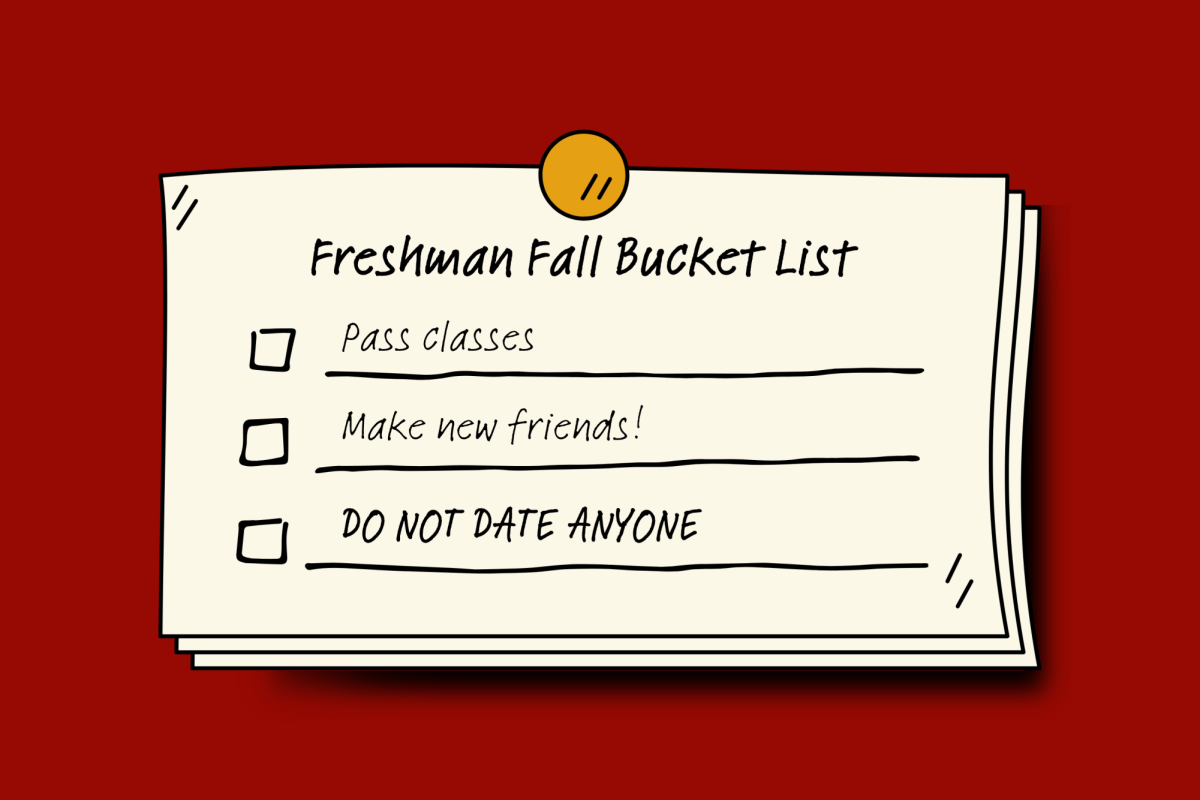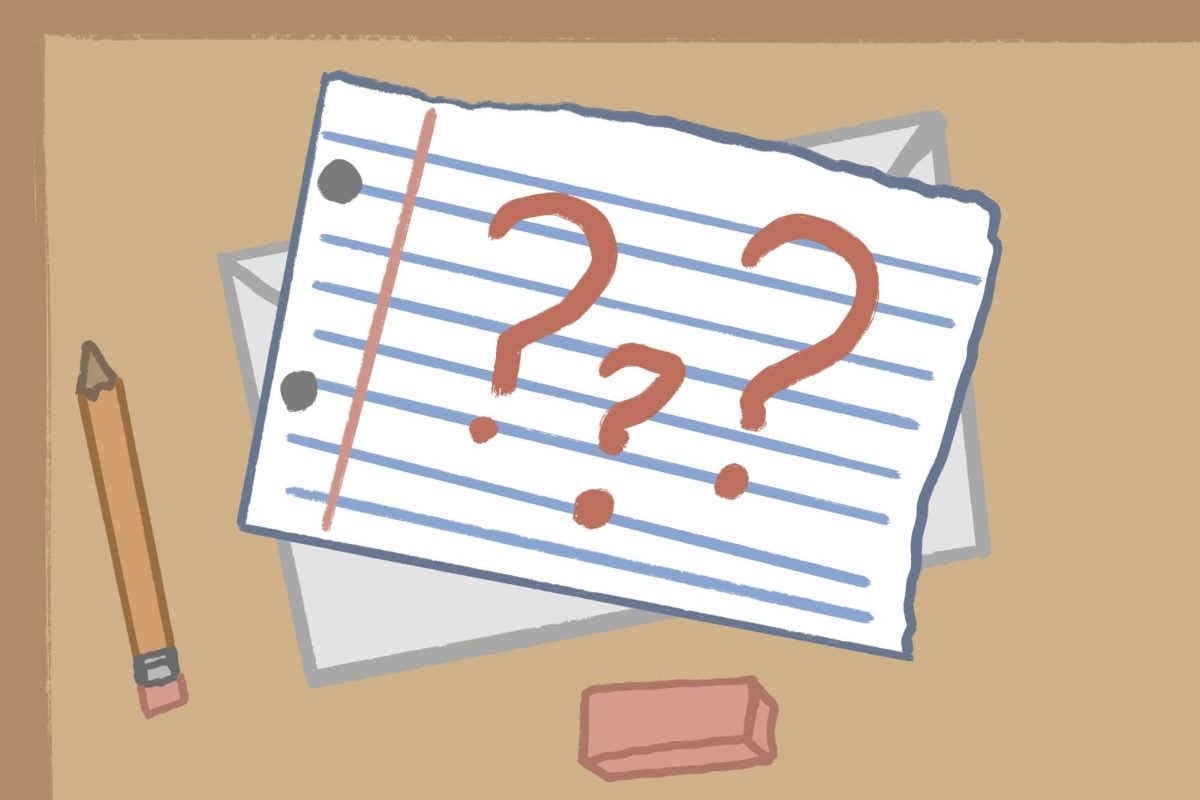I have a friend who uses his smartphone about as much as I do. He does the basics: checks e-mail, browses the web, takes and shares photos and seeks out cool games and the newest apps. I usually want to show him the apps I’ve recently found so that he can share the experience, but that’s where my buddy and I sometimes hit a snag. This friend refuses to pay for apps. Ever. In my experience, that’s not a rare thing among college students. I get it, most of us aren’t walking around with Benjamin’s stuffed in our pockets. I hardly recommend paying for every app that peaks your interest. However, paying for some apps on smartphones and tablets has dramatically increased how much I enjoy using them. First off, there’s the performance aspect. Free apps are often filled with ads which severely hinder the performance quality of your devices. Research by computer scientists at Purdue University claims that much of the energy consumption by free versions of Android apps is spent on uploading user data and/or displaying ads. For example, the free version of the popular Angry Birds game used 45 percent of the battery power it drew to find and upload users’ location and then display ads. In total, only 20 percent of the app’s power usage was spend displaying and running the game. This can be a huge drain on the scarce resource that is your smartphone battery. However, unlike computer scientists, most people aren’t thinking about the performance of their smartphone. They just know what they see and interact with. The experience, too, is also hindered when an app uses ads for revenue instead of a pricing model. Last week, the Soho Gallery for Digital Art in New York City held an exhibition called “The Art of Apps.” It showcased the best in user interface design for iOS, including apps such as Tweetbot, a Twitter client, and Paper, a drawing app that I’ve mentioned in this column before. Do you know how many of these apps show ads? Zero. Ads hinder the experience quality of an app, and anyone who has used one of the showcased apps can attest to that. Developers deserve to get paid. They put weeks, months, even years into creating great apps and they have two options: either throwing down cash for them or asking you to fork over a few dollars. You’re paying one way or another, either through a worse experience or by handing over some money. Neither option is inherently right or wrong, but users (especially young users) default to paying through a worse experience and performance. If smartphone users realize these advantages of paid apps, it may encourage more people to consider buying an app that costs a buck or two. I’ll forgo a cup of coffee for a great app any day.
Technically speaking: Put your money where your phone is
May 22, 2012
More to Discover


